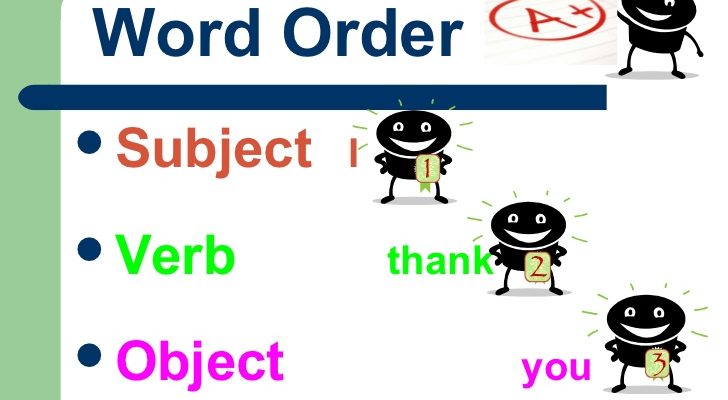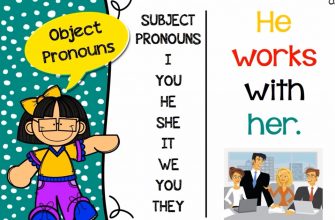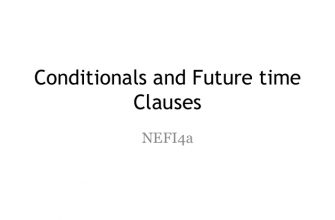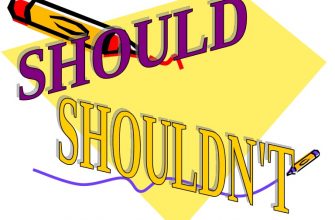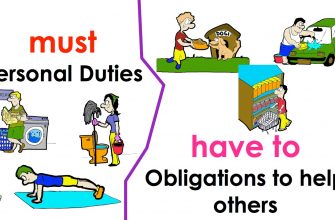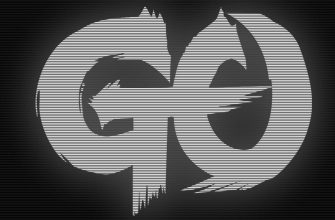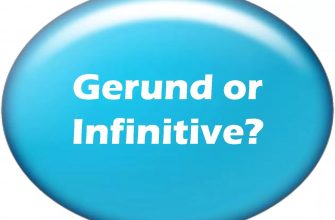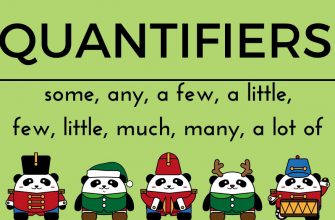Basic sentence structure
Sentences are made of clauses, and the simplest sentence has only one clause. In fact, sentences with only one clause are called “simple sentences”. We’re going to look at variations of only this kind of sentence, since these patterns are simply repeated in the additional clauses added to more complicated sentences (“compound sentences,” “complex sentences,” and “compound-complex sentences”).
The following is an explanation of the most common and easily used clause patterns you’ll use or find used in English.
A clause is a string of words with a subject (the thing doing the action) and a predicate (the action itself). A subject must contain a noun, and a predicate must contain a verb. That said, the subject is usually made up of not only that noun but all of the words that come along with it (e.g. “The large book…”), and the predicate is made up of not only that verb, but all of the words that come along with it (e.g. “…sits on the table).
In the example sentences below, the verb position and all that follows it are part of the predicate.
Intransitive verb
Some sentences use verbs that require nothing to follow them, and these are called intransitive verbs. With these we can form our most basic sentences, since all that’s necessary is a subject made of one noun and predicate made of one verb.
Example: Intransitive verb
subject + verb
Smaug sleeps.
Linking verb
When a sentence uses a different kind of verb, that verb can be either a transitive verb or a linking verb. A linking verb connects a subject to a quality of that subject. This quality is called a “subject complement” or a “predicate adjective.”
Example: Linking verb
subject + verb + subject complement
The sun was bright.
Transitive verb
A transitive verb tells what the subject did to something else. This “something else” we call the direct object.
Example: Transitive verb
subject + verb + direct object
The big man kicked the round ball.
Indirect object
We can add another position to a sentence like the last one, though. A sentence with a transitive verb can add to the mix an indirect object, the audience of the action or the thing that receives the direct object.
Example: Indirect object
subject + verb + indirect object + direct object
The generous man fed the dog a bone.
She sang the crowd a quiet song.
Reversed direct and indirect object
This ordering of the direct object and indirect object can also be reversed. Notice the necessary addition of the preposition “to” when the order is reversed (and notice also that the addition of the preposition technically transforms the indirect object into what’s called a prepositional phrase).
We could add “to” in the examples above (e.g. “She sang to the crowd a quiet song”), but it’s not necessary. When “to” is necessary, you know the ordering is as below.
Example: Reversed direct and indirect object (i.e. now a prepositional phrase)
subject + verb + direct object + indirect object (i.e. now a prepositional phrase)
The generous man fed a bone to the dog.
She sang a quiet song to the crowd.
